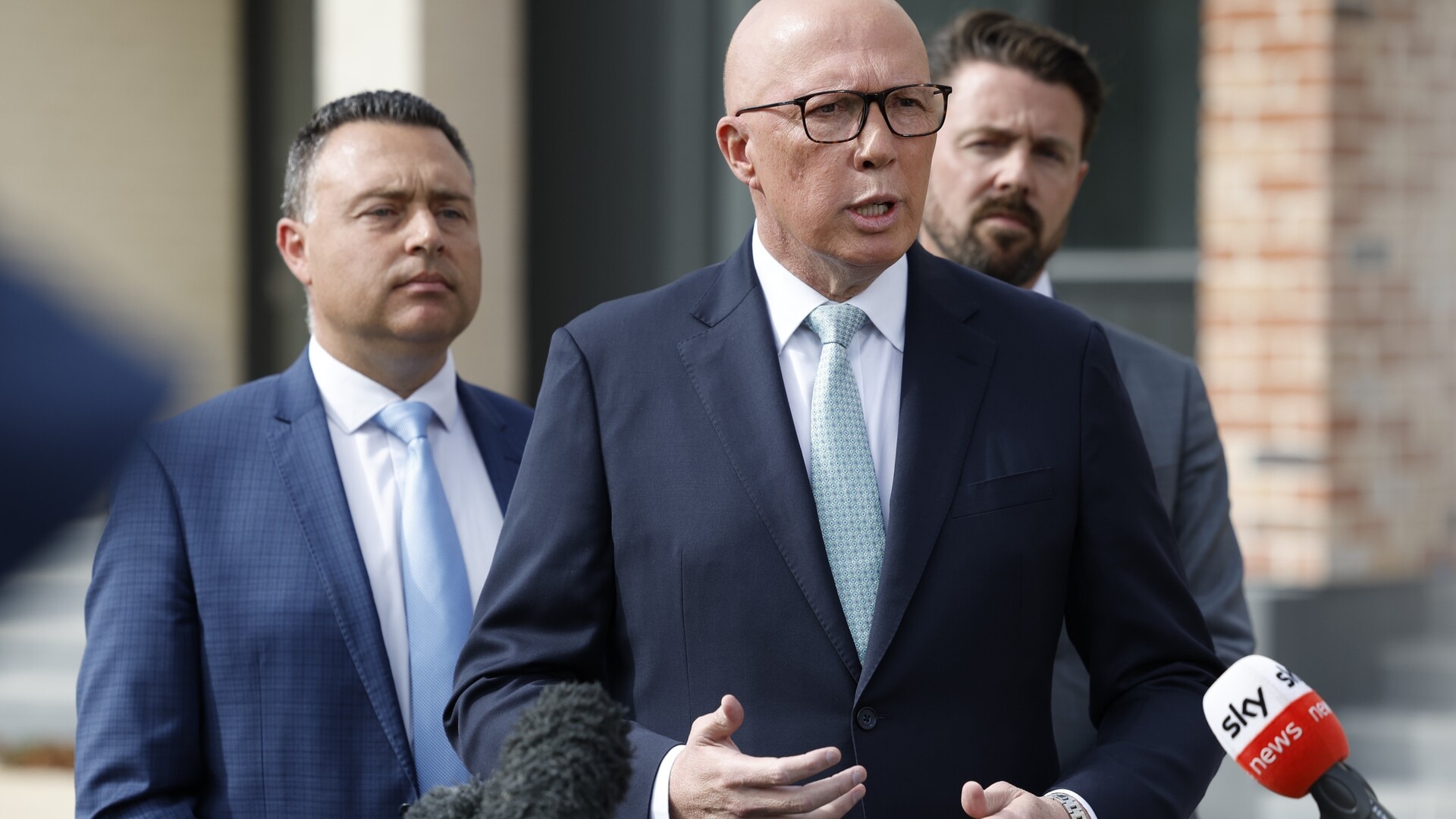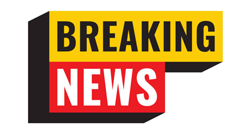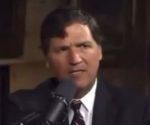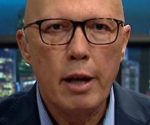Liberal Party misses their own gender representation targets
Even with a remarkable landslide victory, the Liberal Party will fail to meet the gender targets they set for themselves a decade ago.
The prospect of a Liberal National Coalition government seems to be dwindling on election eve, but a failure to have 50 per cent women Liberal MPs was cemented months ago as local branches gave their candidates the nod.
Two retiring senior female Coalition MPs have been replaced with male contenders, and on the whole 34 per cent of Liberal candidates across the country are women.
Swinburne University gender and policy expert, Kay Cook, told NewsWire the lack of female MPs undermined Australia’s democracy.
“It shows two very different approaches to how the parties view who should have seats at the table and who should have power and who represents their community,” Dr Cook said.
A big difference between the number of male and female candidates within one party was plain to see across the country, she said.
“The Liberals are saying that power, representation, agency, looks very similar to a middle-aged, typically white male, whereas we know that Australia is far more diverse than that.”
“Women are the majority of the population, really we should be aiming for representatives, people who represent the public, to look like and have similar backgrounds to those people.
“So it’s sending a message that ‘we can speak for you, even though we may not have commonality with you’. And I think that really undermines what representative politics is about.”
While Liberal Party politicians have publicly argued against quota systems, the Nationals receive a quota of cabinet seats in Coalition governments.
In 2002, the Labor Party mandated 35 per cent of winnable seats had to be contested by women; that target has been lifted twice to sit now at 50 per cent. In this outgoing parliament, Labor had 47 per cent women MPs in the lower house, and 70 per cent in the Senate – 53 per cent female in total.
The Liberals had 20 per cent women in the lower house, and 45 per cent in the Senate; 29 per cent in total.
Three female Coalition MPs hold safe seats – Angie Bell, Sussan Ley and Anne Webster – versus 15 men who won with more than a 10 per cent margin last time around. Alison Penfold is running for the Nationals in the safe NSW seat of Lyne following David Gillespie’s retirement.
Female Coalition candidates are similarly outnumbered in ‘fairly safe’ Coalition seats, won by 6 to 10 per cent in the last election. Karen Andrews is retiring from her seat on the Gold Coast (McPherson) leaving three incumbent women vying for fairly safe Liberal seats, compared with 11 men.
The centre-right party has almost squared the gender ledger with preselections in marginal seats. Twelve of 26 marginal seats around the country are a fair chance of swinging to the Coalition.
“If somehow the Liberals form government, there are not going to be women in positions of power to really influence the policies,” Dr Cook said.
“There’ll be very few women ministers in cabinet.”
Peter Dutton’s campaigning has been focused on traditionally masculine fields, Dr Cook said, and a tense exchange between a reporter and the Opposition Leader about female-dominated industries grabbed headlines earlier this month.

But in an earlier campaign stop, in the midst of backflipping on work-from-office mandates, Mr Dutton conceded there was an issue.
Asked if the Coalition had a problem appealing to female voters, Mr Dutton eventually admitted, after repeated questioning, the party had “work to do”.
His answer, however, did not include the word “women”.
“There’ll be scores of polling between now and the election and we’ve got work to do – there’s no question about that,” he said on April 7.
“We are the underdog in this race, but we’re the only party that can provide support to Australians in a very uncertain age, we’re the only party that can manage the economy through difficulties, if we see the global recession or recession in the United States.”










